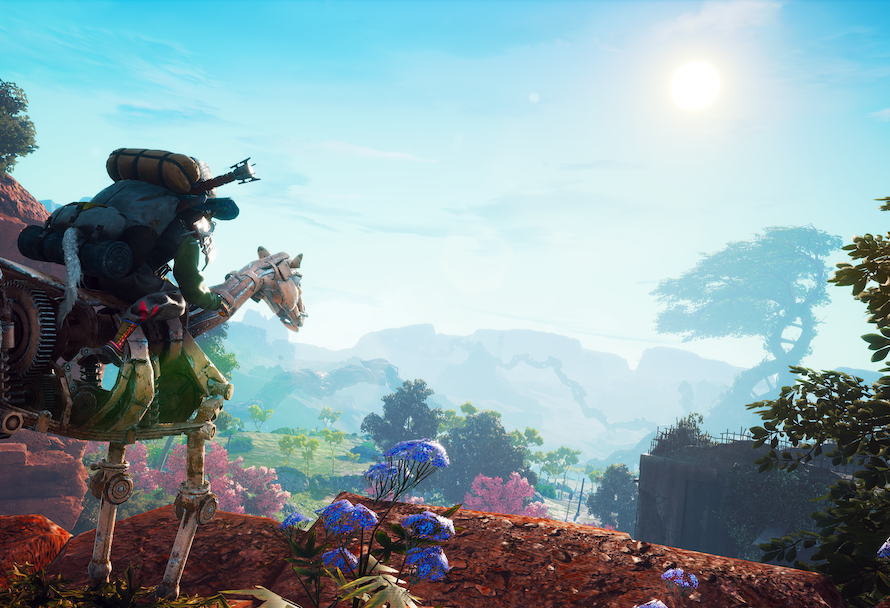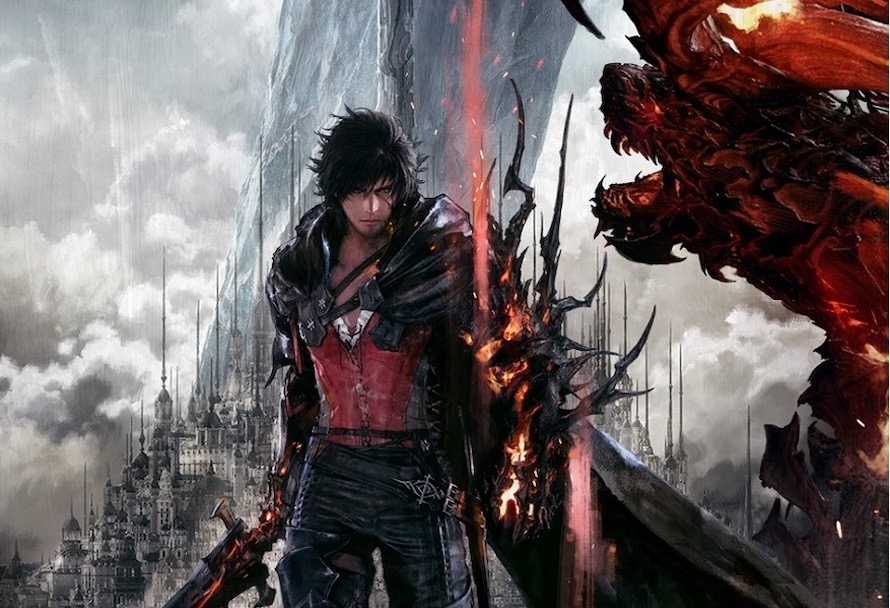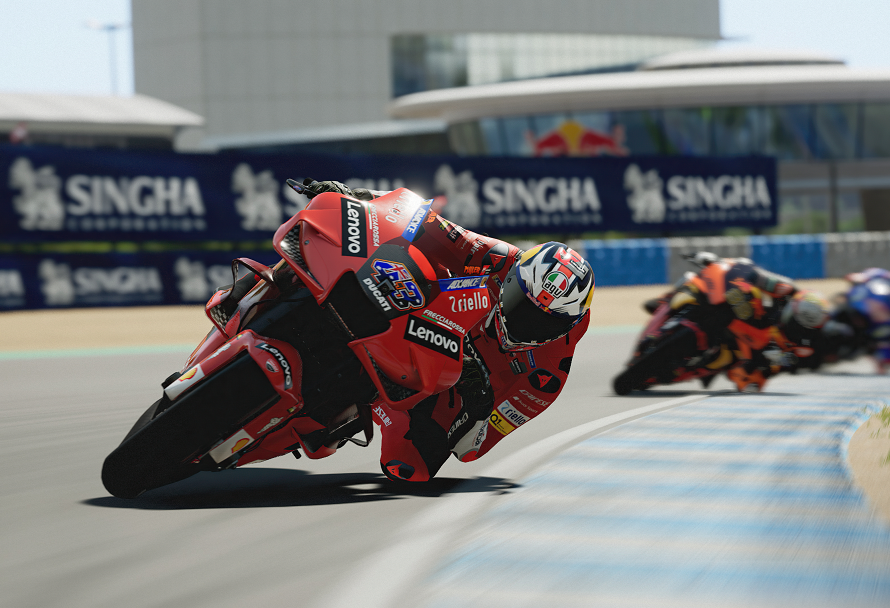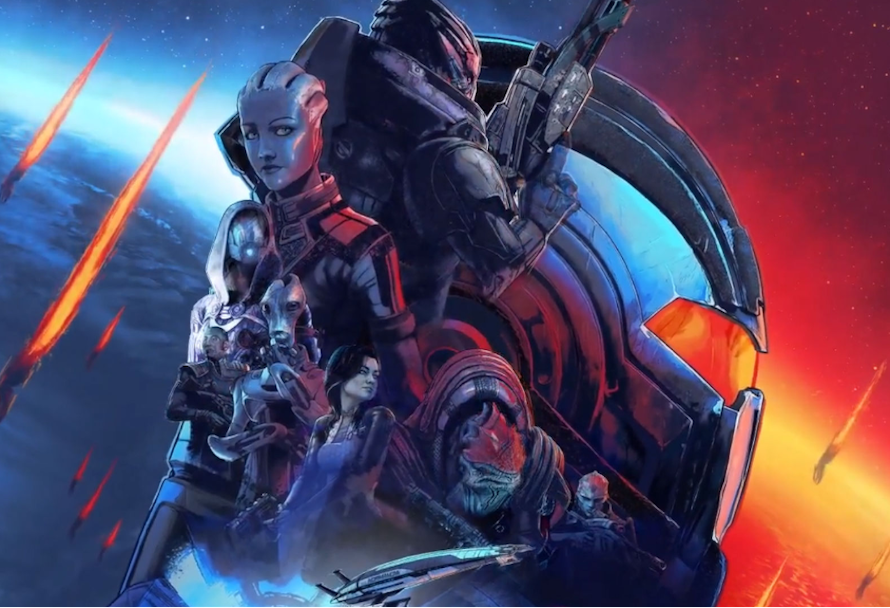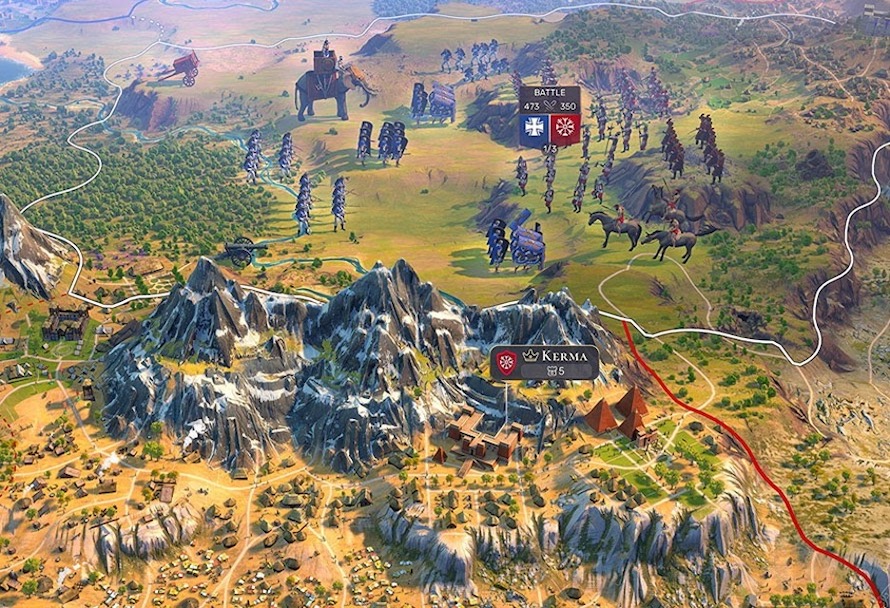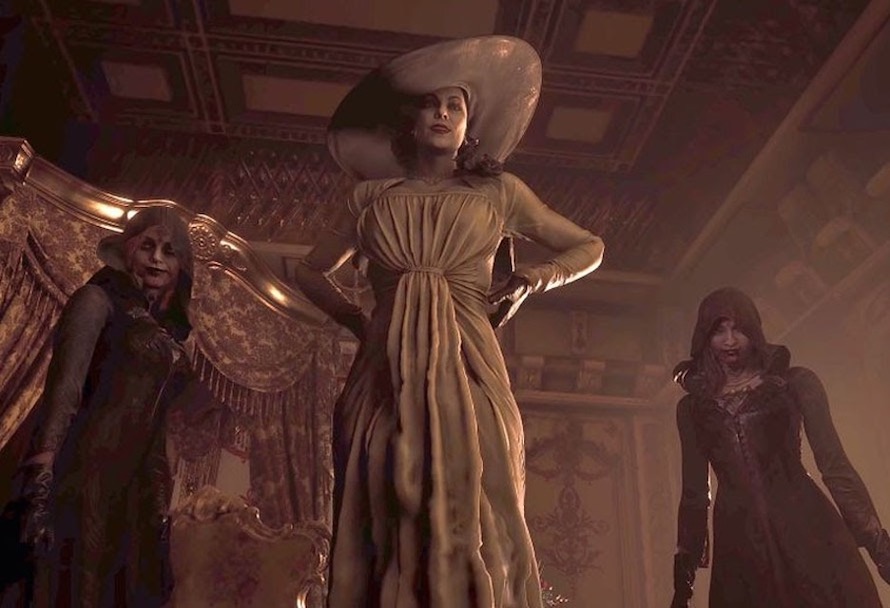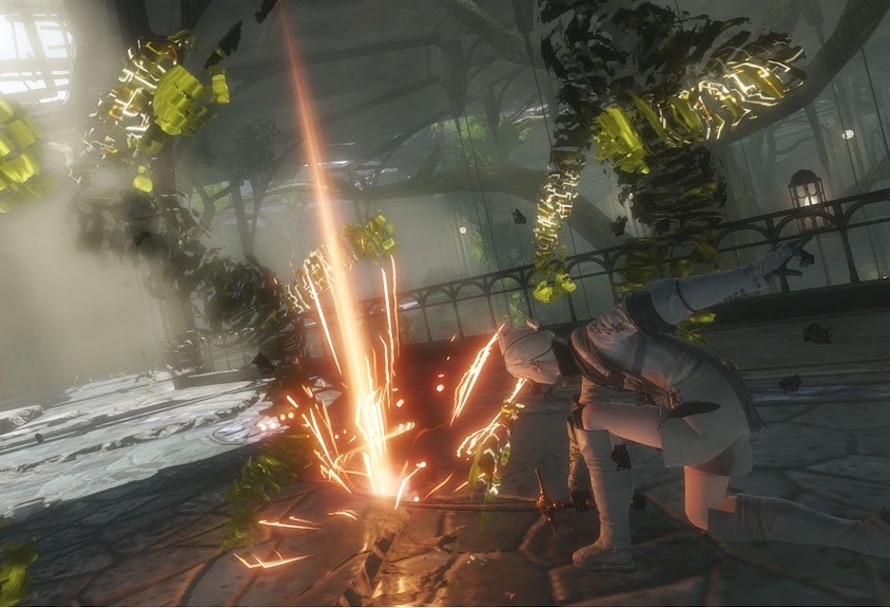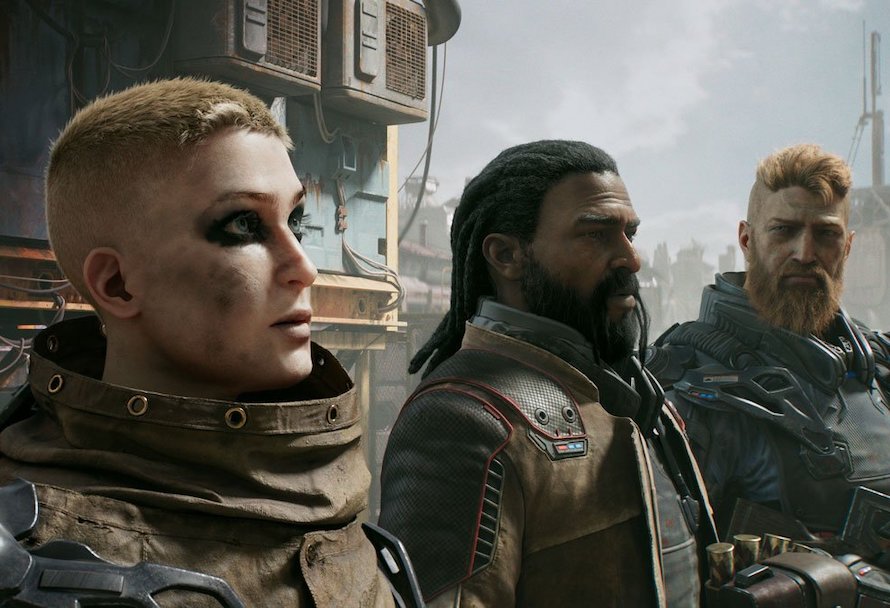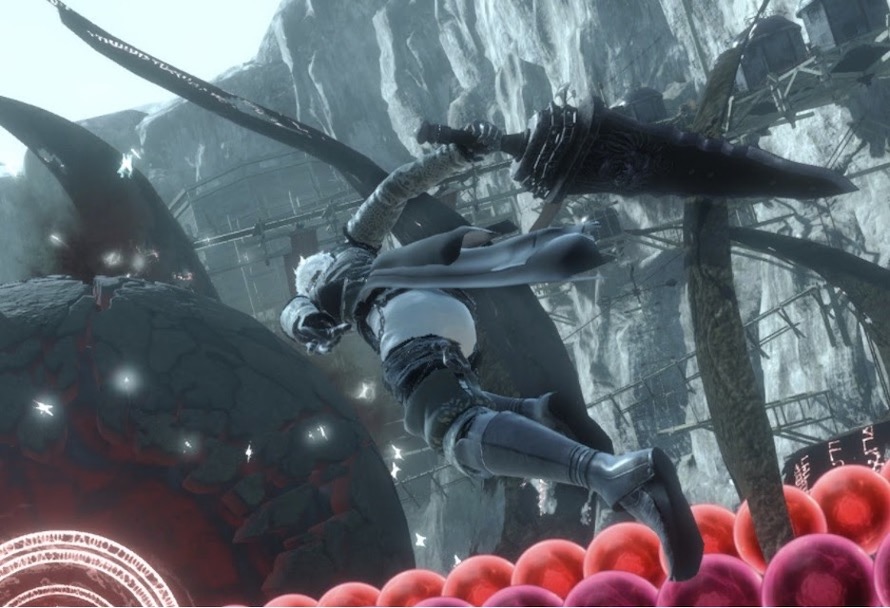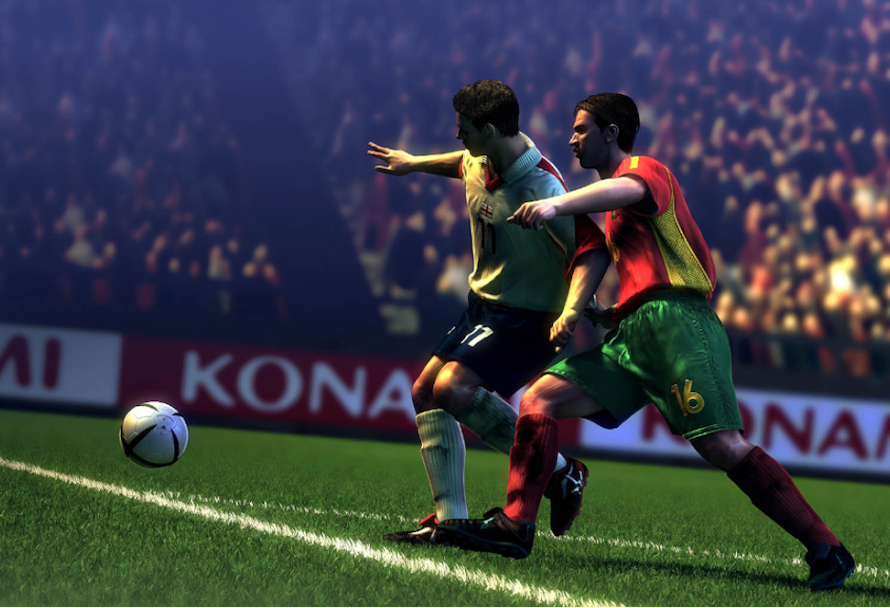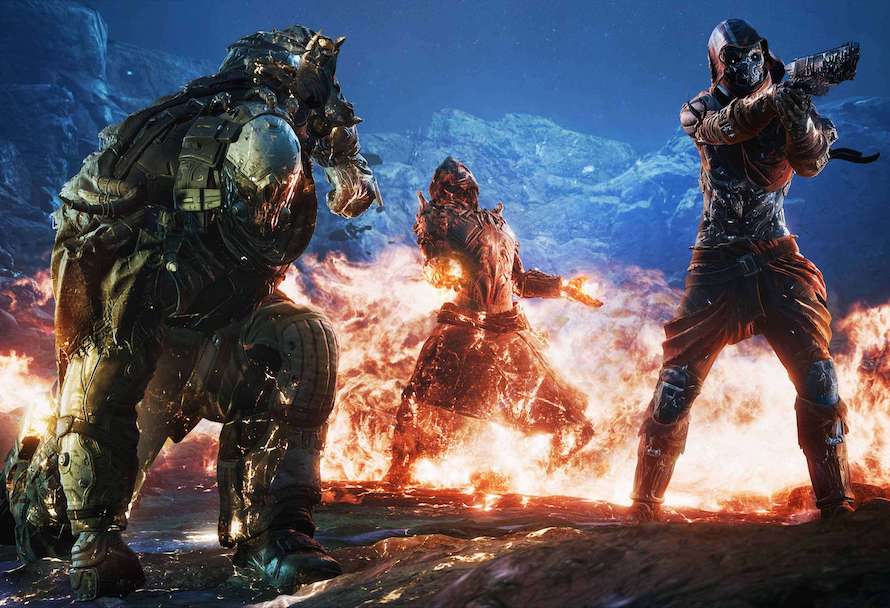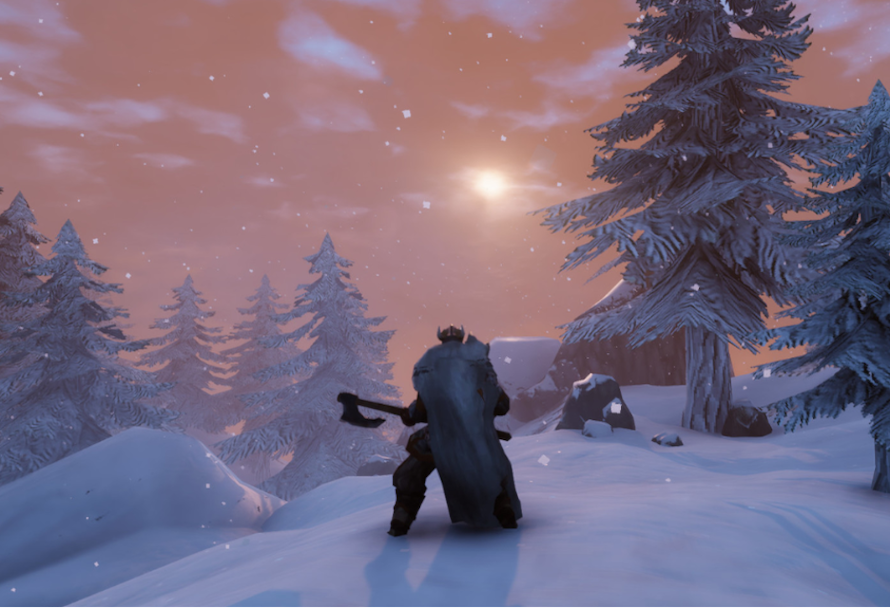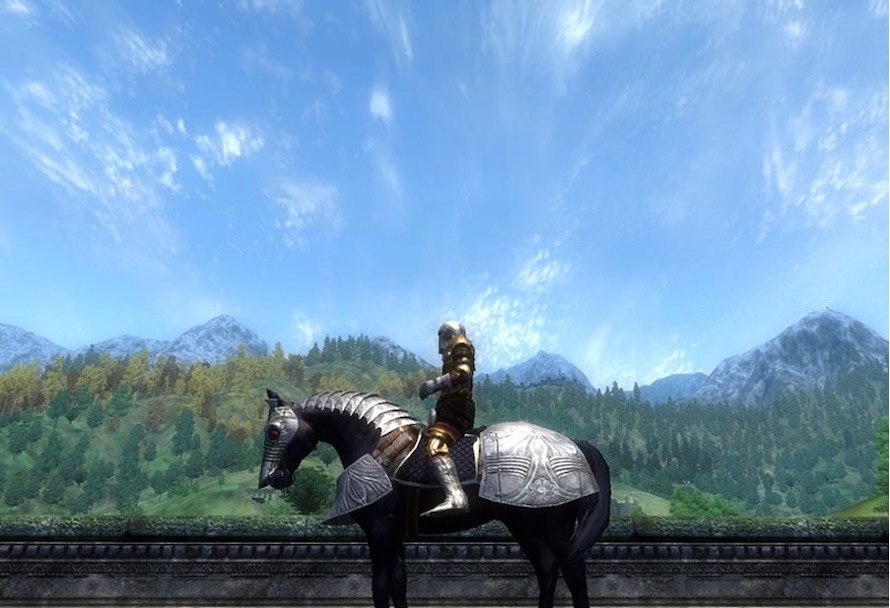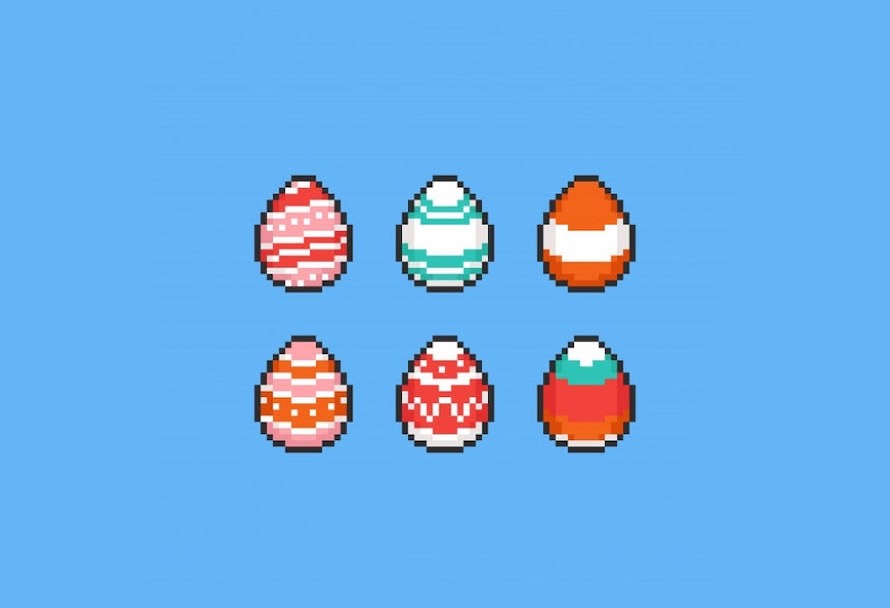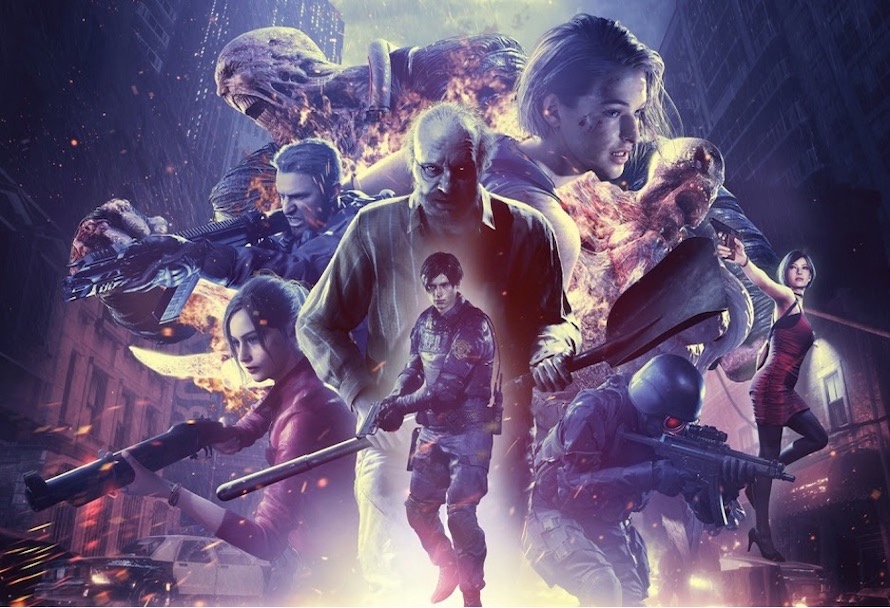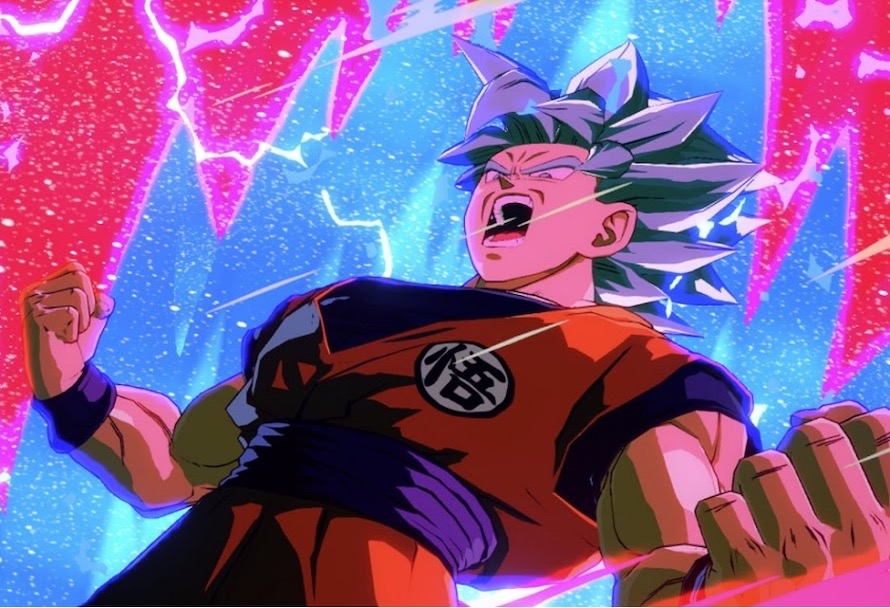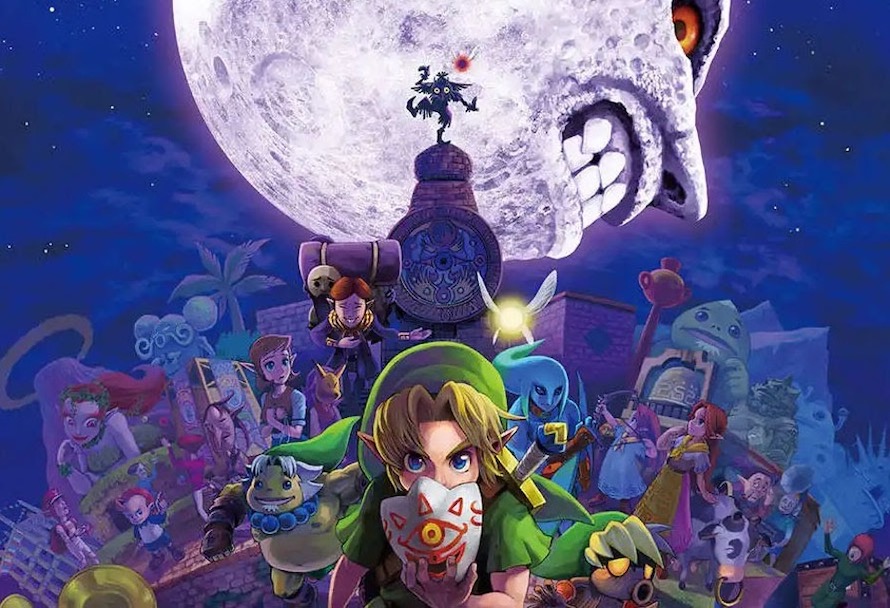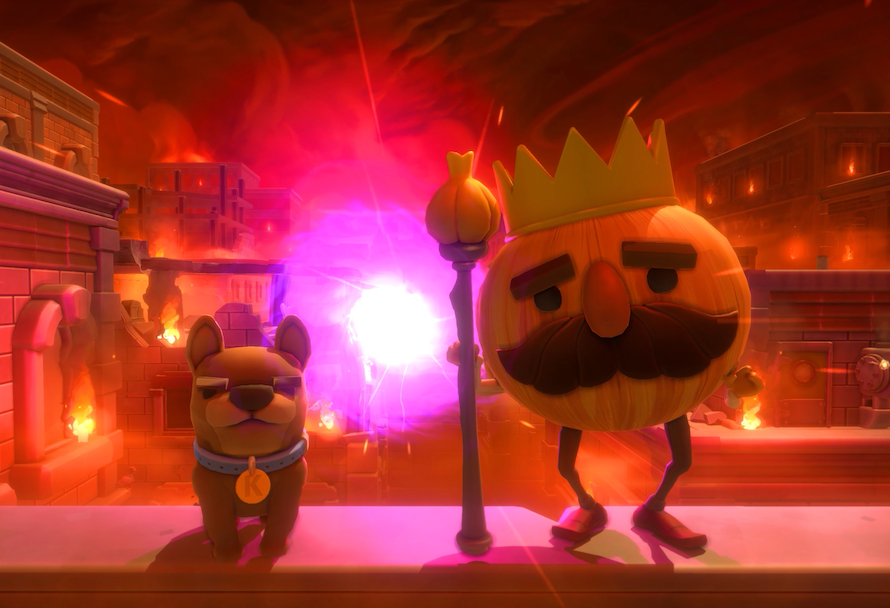If I could share one piece of advice for players who are jumping into Biomutant at launch, I would say that you should try and get through the game’s opening act quite quickly. Don’t dawdle when it comes to the main opening quests, at least up until you defeat the first of the four World Eaters. For me, this is where the game properly opened up, exposed its brilliance and took the training wheels off. The game is unfortunately front loaded with lots of tutorials, flashbacks and exposition, and I didn’t think all of it was that important. Honestly, I was keen for it to go away as soon as possible so I could engage further with the combat and exploration gameplay loop that makes Biomutant so much fun.
What I’m trying to say is that the game is a slow burn, and a tricky game to get into at first. But it’s really worth the effort, and after a few hours, when you start to specialise and understand the mechanical depth on offer, I’m confident you’ll find a lot to enjoy about it. To give you the basic premise, you play as a mutated critter trying to save a post-apocalyptic world that is ravaged by successive ecological decay and tribalism.
A whole new world

It imagines what the Earth would look like if we became even more reckless about the environment and caused the doom of our own species, leaving a broken landscape to be reclaimed by warped creatures using toilet brushes for weapons and scrap for armor. This inspired backdrop is realised well through the game’s visuals, to the point where I’d recommend Biomutant purely for the way it looks. The art direction is just so imaginative, with wonderfully varied creature design and plenty of moody ruins to explore. The animals seem as if they’ve been procedurally generated and then refined by an artist with a deft touch, like a modern version of 2008’s Spore.
You get up close with the visual details in the opening as you fine-tune your protagonist’s fur, skills and stats. You can barrel all of your points into melee damage, pick the dual-wield melee class and focus hard on critical chance like I did, or curve the slider towards agility or charisma, vitality or magic power. There’s an impressive amount of permutations to tinker with, and it really does feel like your playthrough is unique, especially if you’re gunning for a certain kind of build, be it melee or ranged weapons, bartering or vitality.
Everybody was Wung-Fu fighting

The combat itself is the main way you interface with the world and it’s a lot of fun once you get used to it. It feels a little rough around the edges at first until you start to unlock your Psi Powers and ‘Wung-Fu’ moves, combo attacks that turn battles into a deadly dance of slow-motion attacks and careful manoeuvres. It’s challenging even on normal difficulty — Biomutant definitely punishes players who want to specialise in certain areas, which I seriously admired. Instead of holding my hand, it forced me to adapt, hunt and explore to tweak my build and have a chance against my enemies. Following through and committing to the creature you created at the start is a very rewarding experience that underpins the game.
The story and setting feel very much inspired by Breath of the Wild, as you explore a gigantic map with a central flashpoint that you must unlock by fighting four giant boss enemies. Then there’s the tribes, which you can align with based on your karmic disposition. Biomutant allows you to choose nihilism, hope or anything in between, with different tribes feeling like political parties that take positions on how the game will end.
The writing itself is a little choppy, especially given that the narrator is translating what other characters say to you in lieu of actual conversations. It feels as if the developers realised they couldn’t figure out voice acting for every character in a game of this scale, which is fair enough, but the compromise can be quite annoying — and the dialogue is full of egregious idioms and pure nonsense words that are hard to keep up with. I do recommend turning down the frequency by which the narrator speaks to the player in the audio settings as soon as it starts to grate on you.
A breath of fresh RPG air

Yet regardless, Biomutant’s mechanics and gameplay loop are so refreshing and sound that it’s well worth looking past a bit of muck. If you like open-world RPGs with narrative consequence and great combat, you’re going to thoroughly enjoy this multi-layered, beautiful adventure.
Does all of this sound interesting to you? Then get your PC copy of Biomutant on our store right here.
